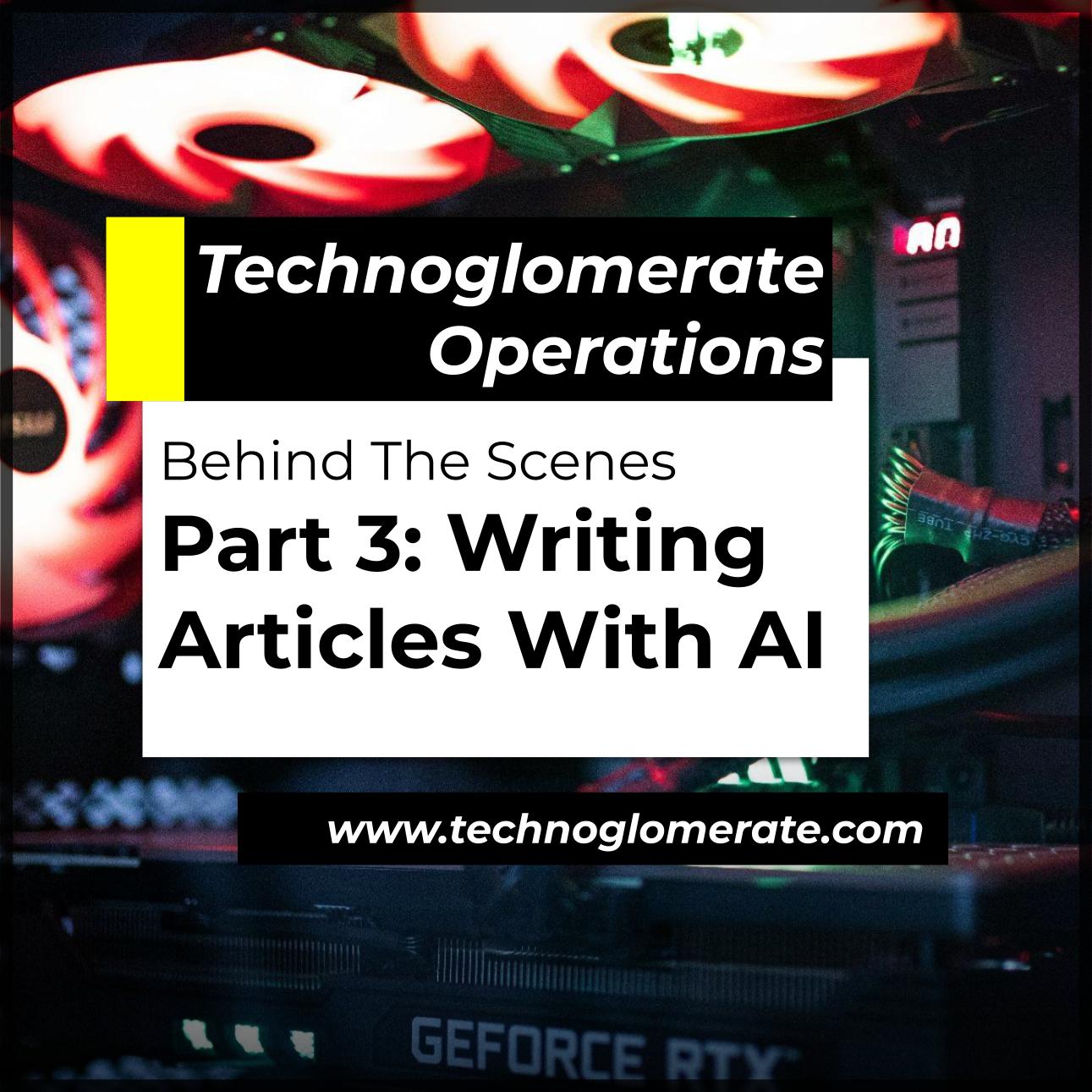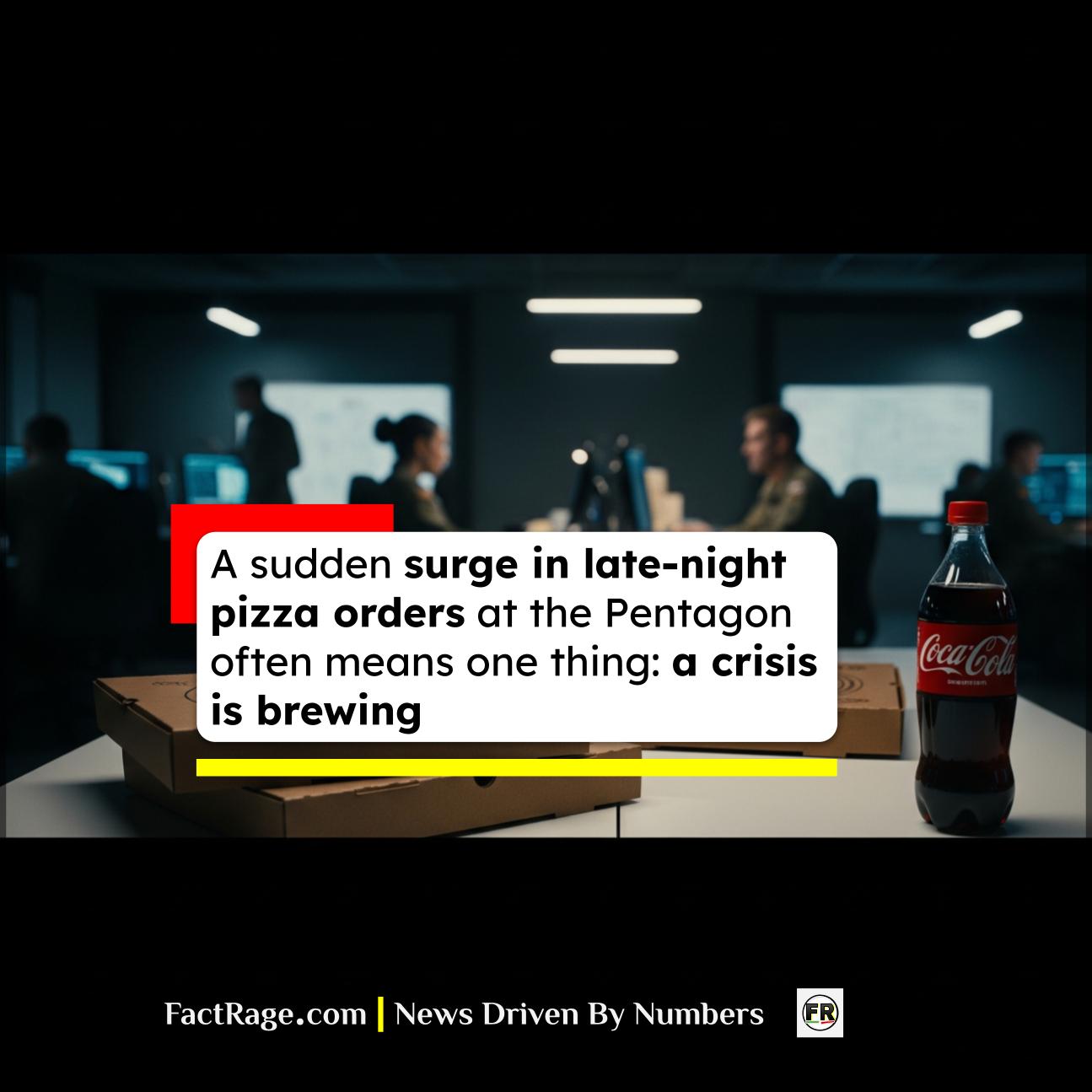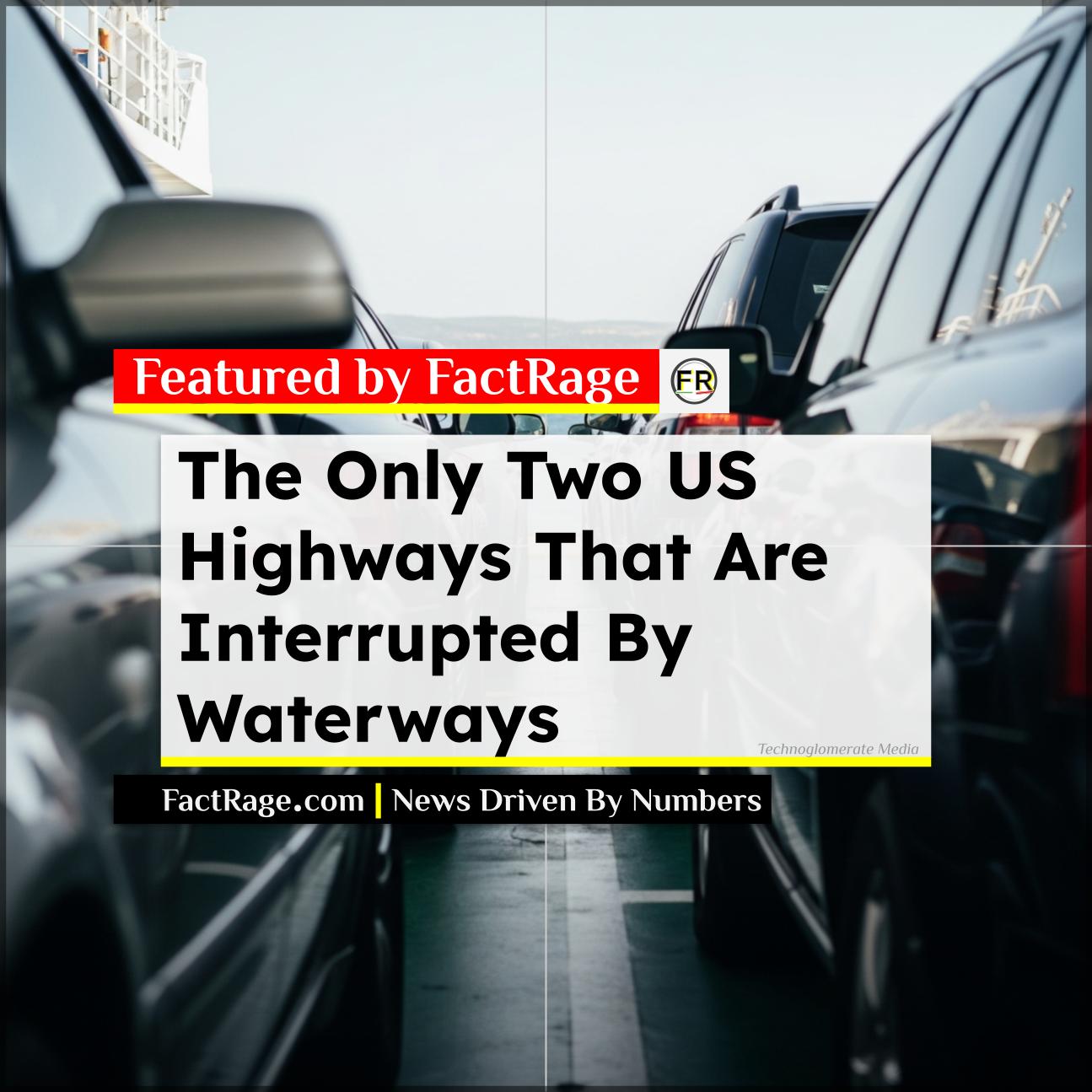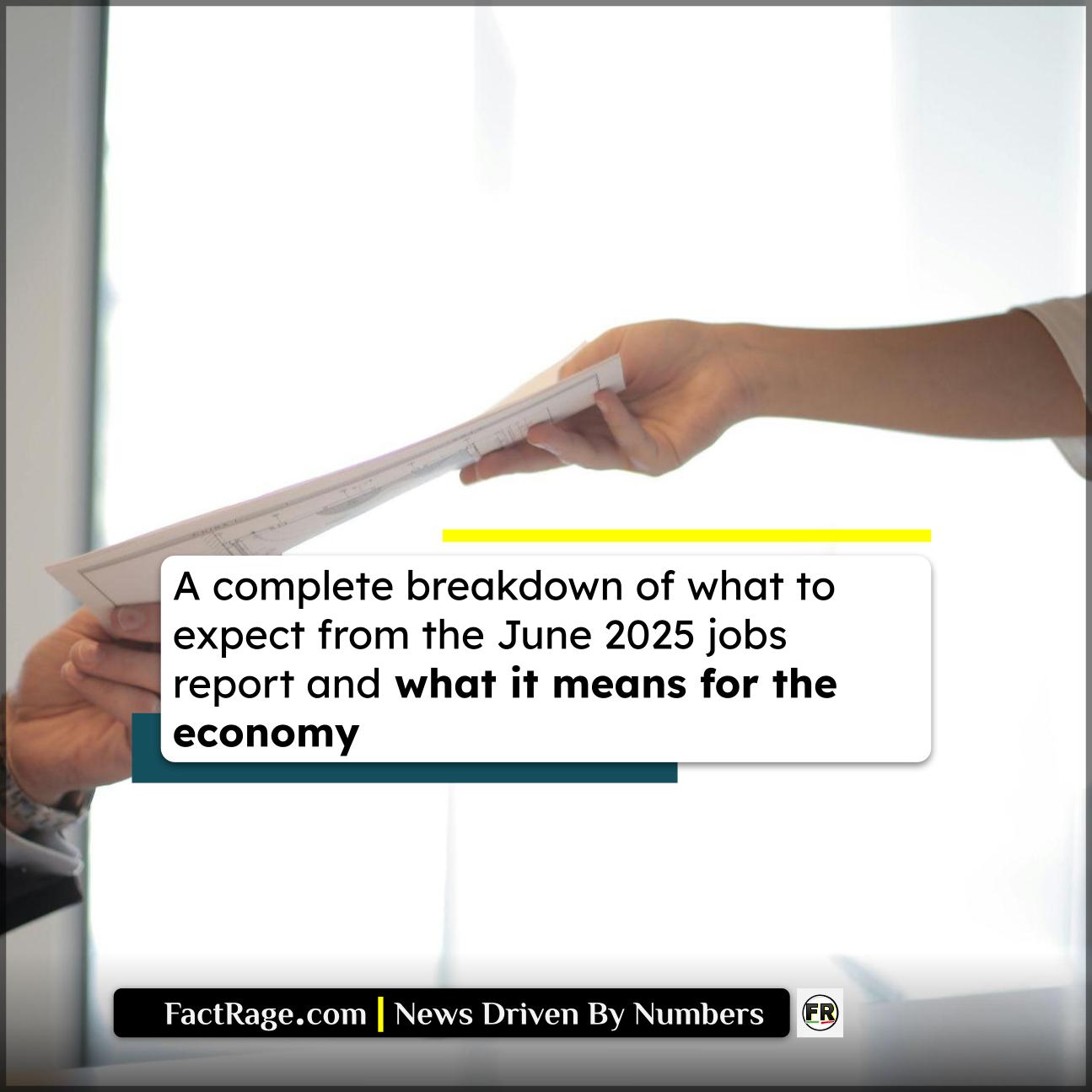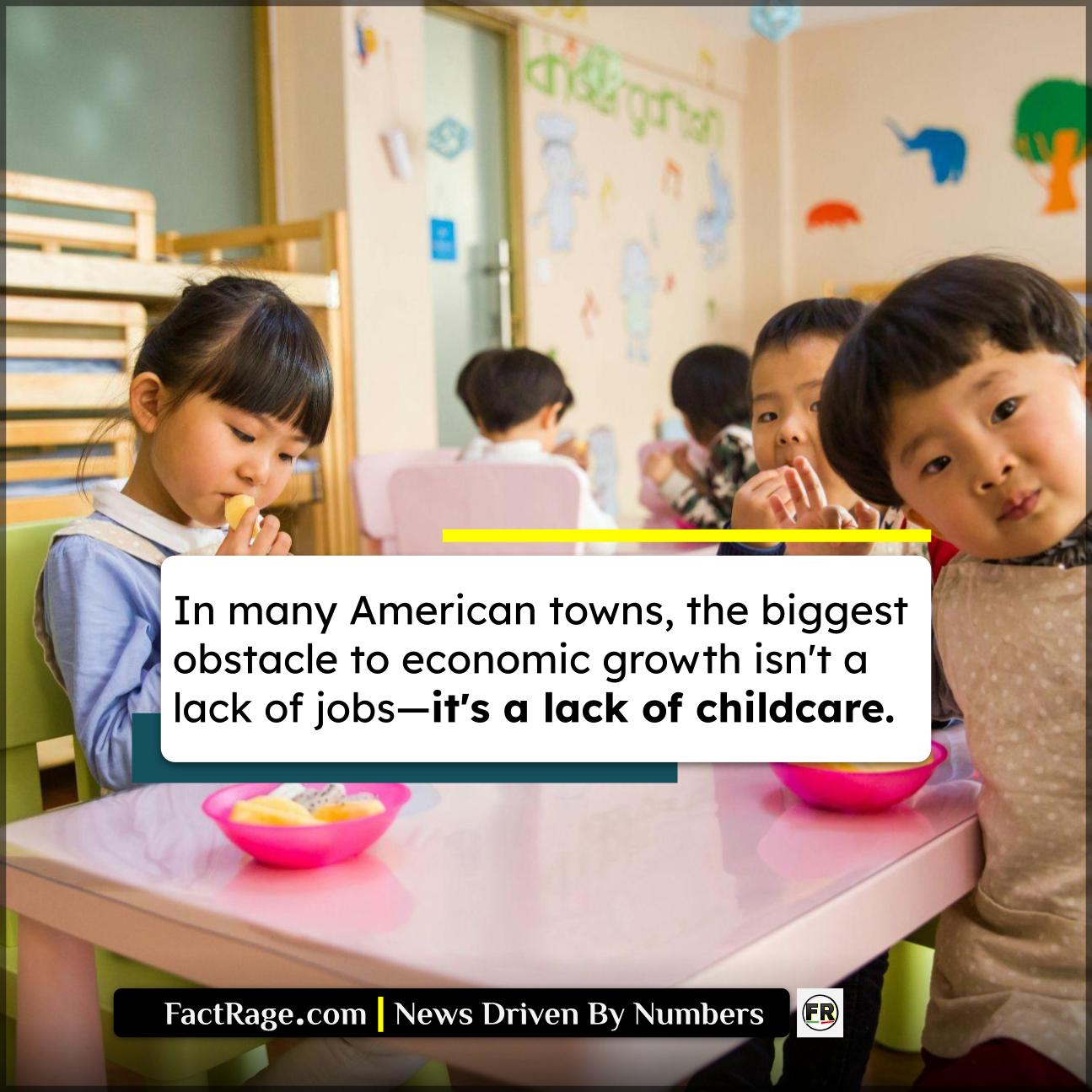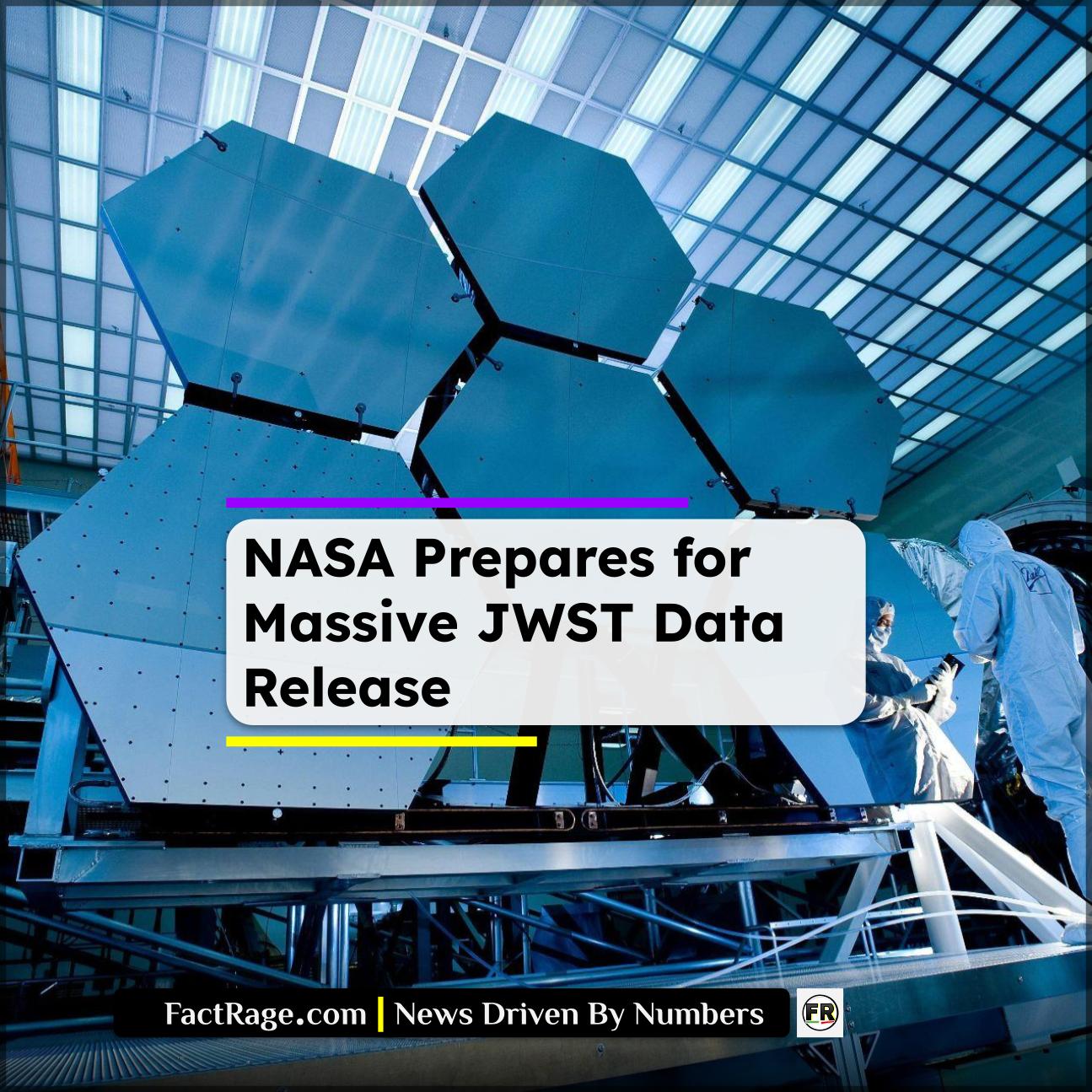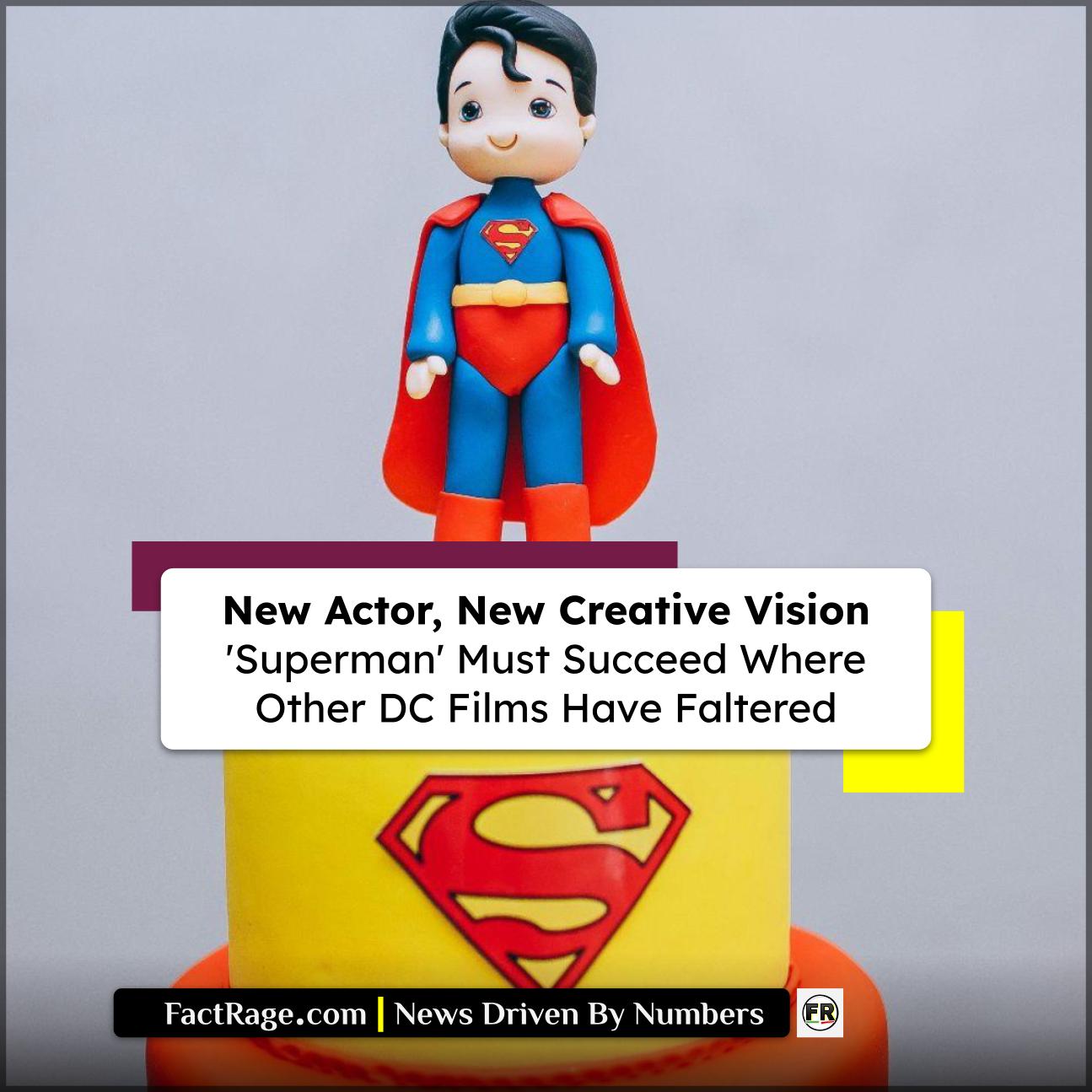LONDON, UK – Global leaders, top technology executives, and AI researchers will convene in London next month to negotiate the next phase of international cooperation on the safety and regulation of artificial intelligence.
- International Scope – The summit aims to build on previous agreements like the Bletchley and Seoul Declarations, bringing together nations including the U.S., UK, and representatives from the EU to establish shared principles for AI risk.
- Corporate Commitments – Major AI developers such as Google, Microsoft, OpenAI, and Anthropic are expected to participate, facing pressure to make concrete safety commitments for their most powerful AI models.
- The Core Challenge – A central focus will be on translating voluntary pledges into verifiable and enforceable actions, a significant hurdle in the fast-paced field of AI development.
This high-stakes gathering represents the latest attempt by the international community to get ahead of a technology advancing at a breakneck pace. The core question for attendees and observers alike is whether diplomacy and corporate goodwill can forge meaningful safeguards for the public.
What Risks Are Actually on the Agenda?
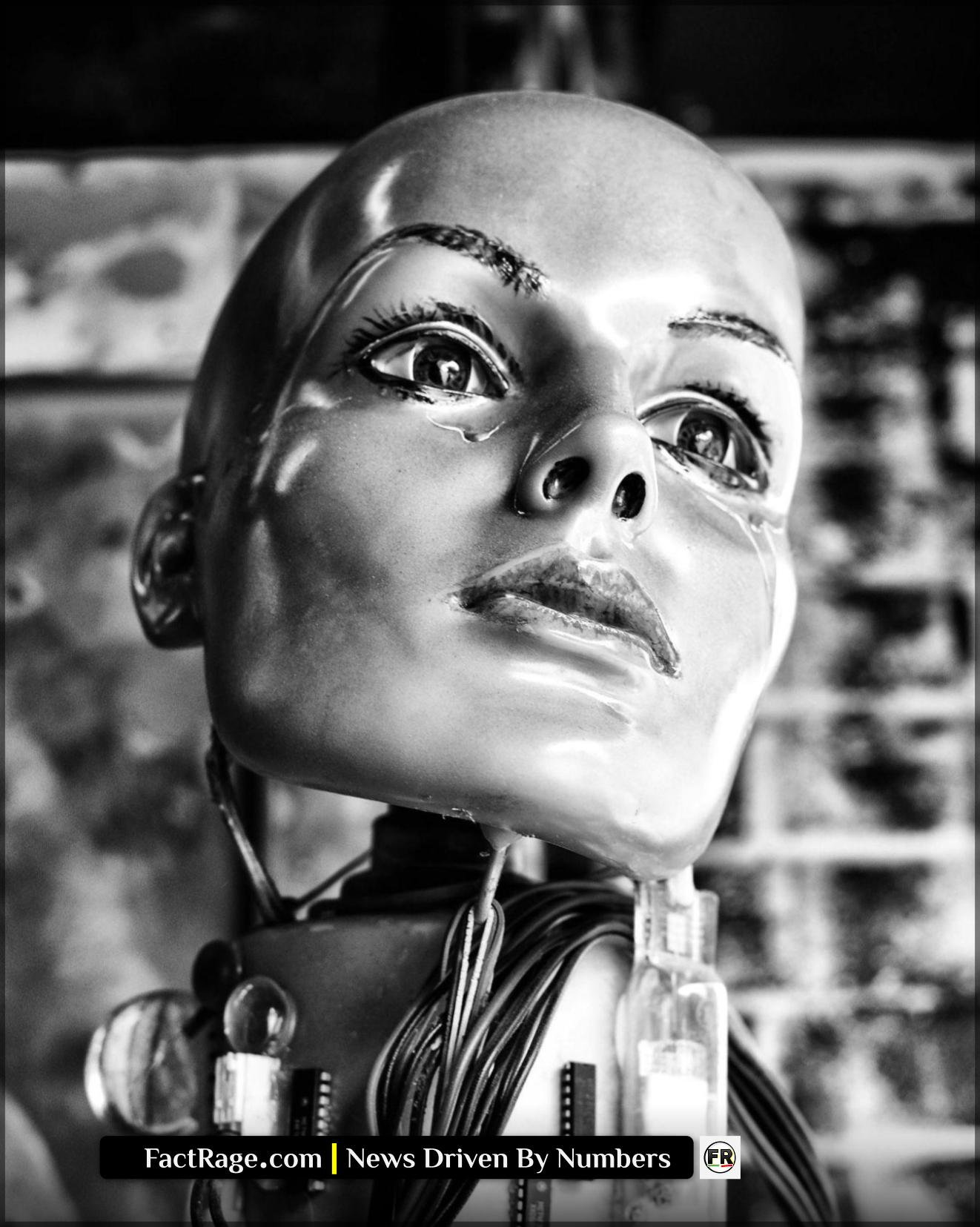
While initial conversations at the first AI Safety Summit in Bletchley Park focused heavily on long-term, “existential” threats from highly advanced “frontier AI,” the agenda has since broadened. The London summit is expected to address a wider spectrum of immediate and tangible risks.
These include the technology’s potential to amplify misinformation and disinformation, create widespread economic disruption through job automation, and introduce profound biases into systems used for hiring, lending, and law enforcement. A key objective is to create a shared understanding of these risks and establish a framework for how to test and evaluate AI models for potential harms before they are widely deployed. How can governments and companies agree on a red line for safety without slowing innovation to a crawl? That question will be central to the negotiations.
Who Holds the Power in the AI Safety Debate?
The summit’s guest list highlights the two groups at the center of the AI universe: the governments that regulate and the corporations that build. Representatives from the United States, the United Kingdom, France, Canada, and the European Union will be joined by executives from the handful of companies leading AI development.
The involvement of tech giants is critical. Companies like Google, its subsidiary DeepMind, Microsoft-backed OpenAI, and Amazon-backed Anthropic possess the technical expertise and control the massive computing resources necessary to build frontier models. Their voluntary commitments, such as allowing external safety testing of their models before release, have been hailed as a positive first step. However, policymakers are increasingly looking for more durable, binding agreements that are not subject to a company’s changing priorities.
Beyond Promises: Why Enforcement is the Real Test
The primary challenge of the London summit will be moving from declaration to action. Previous summits produced the Bletchley Declaration, which acknowledged the potential for “catastrophic harm” from AI, and the Seoul Declaration, which focused on promoting safety, innovation, and inclusivity. While these were important for building consensus, they were non-binding.
The critical next step, and the one that will determine the summit’s success, is establishing mechanisms for accountability. Discussions are expected to revolve around several key areas:
- Standardized Testing: Creating universally accepted benchmarks and tests to evaluate AI model safety.
- Information Sharing: Developing protocols for developers to share information about model capabilities and safety incidents with governments and each other.
- Public Oversight: Establishing independent, public-facing bodies or agencies to oversee AI development and audit corporate safety claims.
The outcome of these discussions will signal whether the international approach to AI will be one of voluntary self-regulation by the tech industry or a new era of collaborative, enforceable global standards.


